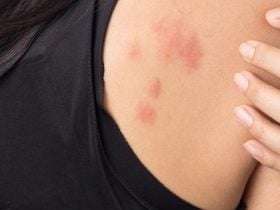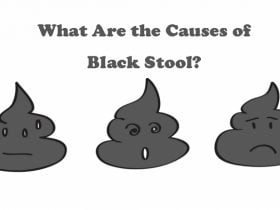A kind of fungus is mold. The term “black mold” describes a number of mold species that appear dark green or black. Stachybotrys chartarum is one variety of this.
The Centers for Disease Control and Prevention asserts that a mold’s color has no bearing on how hazardous it might be.
Furthermore, there is no proof connecting black molds, like Stachybotrys chartarum, to specific medical issues.
Bathrooms, showers, toilets, kitchens, and basements are among the warm, frequently moist areas where mold can flourish. They may also develop on paper, mud, or even wood.
If you use a humidifier indoors or live in a humid area, mold may grow significantly more readily. All molds should be eradicated from homes and structures, regardless of color.
This article will discuss with you the effect of mold exposure, possible treatment options, and ways to prevent growing of molds in your home.
Is black mold dangerous?

The major health issue that black molds can trigger is allergies.
Being in the presence of molds can affect a person, causing minor effects such as coughing or stuffy nose, it can be more dangerous for people that have asthma [1], weakened immune systems, or mold allergies.













